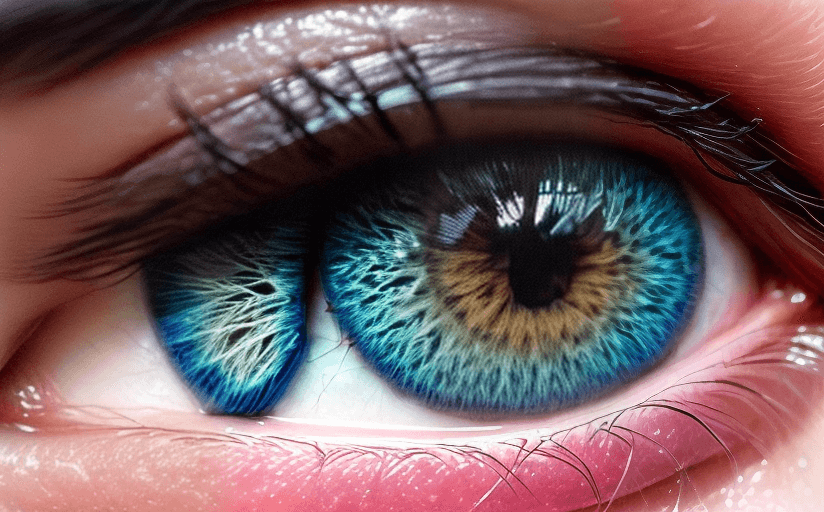How Social Media Has Changed Art and Culture
Art and culture have long been integral parts of various societies, but with the rise of social media, their impact has become even greater. Social media has changed the way people experience art and culture, from creating new avenues for engagement to opening up access to more people. In this article, we explore how social media has impacted the distribution of art, the way art is consumed, and the democratization of culture. We also discuss the challenges that social media presents to art and culture, such as the manipulation of the content and the threat of increased cultural homogenization. Finally, we examine how artists, creators, and cultural institutions can best leverage social media platforms to create meaningful experiences for their audiences.
Changing the Distribution of Art
Social media has changed the way art is distributed and consumed. Artists can now use platforms like YouTube, Instagram, and SoundCloud to reach a much wider audience than ever before. This has allowed unknown artists to find success and recognition, as well as established artists to reach new fans. In addition, social media has enabled artists to more easily collaborate with other artists around the world, leading to a rise in creative collaboration.
Democratizing Culture
Social media has also enabled a democratization of culture. People of all backgrounds can now access and share art and culture in ways that were previously impossible. People from different countries and cultures can now connect and engage with each other's art and culture, allowing for a more diverse and inclusive experience. This has helped to break down barriers, foster mutual understanding, and open up access to art and culture to more people.
Challenges of Social Media
While social media has enabled many positive changes to the art and culture landscape, it has also presented certain challenges. The most prominent of these is the manipulation of content. Social media platforms are vulnerable to manipulation, whether it be from bots, trolls, or other malicious actors. This can lead to the spread of misinformation and the distortion of art and culture. Another challenge is the threat of increased cultural homogenization. Social media can lead to the spread of a single, dominant culture, which can lead to the erasure of unique cultural experiences.
Leveraging Social Media
Despite the challenges, there are many ways that artists, creators, and cultural institutions can leverage social media to create meaningful experiences for their audiences. This can include creating engaging content, using social media to promote events, and encouraging fans to share their experiences with others. By leveraging the power of social media, artists and creators can reach a wider audience and create more meaningful connections with their fans.
In conclusion, social media has had a profound impact on art and culture. It has enabled a more democratic and diverse experience, while also presenting certain challenges. However, by understanding the power of social media and leveraging it effectively, artists and creators can create meaningful and engaging experiences for their audiences.



















Comments
Leave a Comment